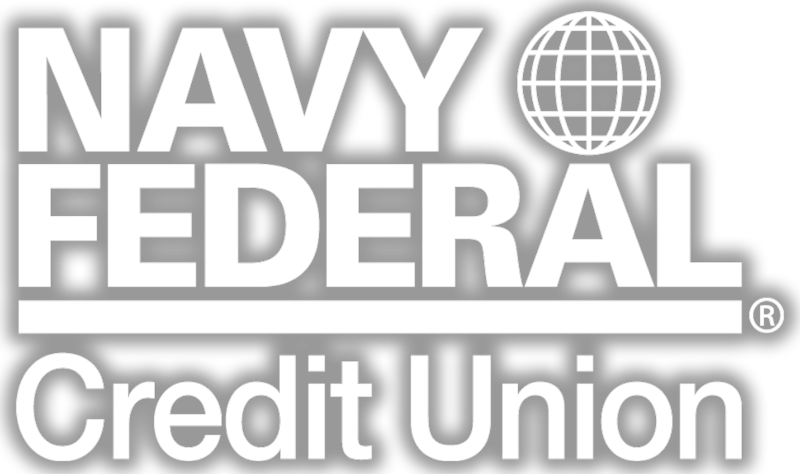Each year, we recognize Military Saves Week to promote good money management and savings habits for those who serve. It's our way of helping raise awareness of the importance of paying yourself first. Servicemembers and their families are always hard at work, protecting and serving the nation, so it's understandable that saving isn't always top of mind. Participate in Military Saves Week this year by taking one small action each day to jumpstart (or reboot) your good savings habits!
Day 1: Automate your savings
Saving isn't always easy, especially when you're paying bills, paying down debt, planning for the future and trying to have a little fun while you're at it! The good news is your military discipline can help you take your financial goals to the next level. The easiest way to save is to automate the process – it's one less thing you have to think about each pay period.
Decide how much you can spare per paycheck to put toward savings. Even $20 per paycheck goes a long way over time, and it will allow you to slowly adjust your budgeting and spending habits. Think of it this way: Automating your savings means you're paying yourself first. Setting aside savings in a money market account or a short-term savings account, like Navy Federal's SaveFirst, will help you keep your finances separate and allow them to grow on their own.
Day 2: Family teaching family good money habits
You can pass along good money habits to your children at any age. After all, much of our financial knowledge and skills come from what we learned at home. Eighty-one percent of parents feel it's their primary responsibility to teach their kids about money. Building savings is a great lesson, because it will help equip your kids with the tools they need to be successful throughout their financial lives. Collecting change in a piggybank is a great way to get kids acclimated to saving. From there, you can teach them about savings goals.
Day 3: Setting retirement saving strategies
Regardless of what stage you are in your career, it's always time to start thinking about retirement. If you haven't already started saving, increasing your contribution to your Thrift Savings Plan (TSP) is a good first step. Some agencies offer contribution matches, so each percent of your salary you contribute (up to a pre-specified limit) will be matched by the government. If you're eligible to receive contribution matches, you may want to contribute up to your match limit from the beginning, and increase over time. If not, you're leaving "free" money on the table that you could be enjoying in your future retirement.
Day 4: Making your tax refund work for you
Nearly 80 percent of Americans receive a tax refund, at an average of $3,120. While it can be tempting to spend that refund check, use your return this year to check off one of your 2017 financial goals, like saving more or paying down credit card debt. Or, you can contribute a chunk of it to your growing retirement fund, and grow it tax-free or tax-deferred.
Day 5: Pay off high interest debt
Debts from credit cards and other loans cause a lot of stress on your wallet. Paying off part, or all, of your high interest debt will lighten the load. Make it your mission to make a debt payoff plan if you don't already have one – and stick to it. Writing down your plan will help you stay true to your goals without adding on to existing debt. Identify some spending categories that can be eliminated, and put that money toward paying down your debt. Here's an example: If you pay $50 monthly to go to a gym, but only go during the winter, the spring is the perfect time to cancel. But don't delay allocating that $50 into paying off debt. If you wait too long, you might be tempted to spend that re-discovered money on something else. Instead, consider setting up an automatic recurring bill pay to go to your credit card issuer each month with the funds. Once you pay off your high interest debt, you'll be able to save and invest to accumulate wealth.
Day 6: Building an emergency fund
If you don't have an emergency fund yet, this is a great time to start building one. You'll need this money to be relatively liquid, so you can access cash fast in a financial emergency. A regular savings account or a money market account will allow you that flexibility. If you're not sure what option is best for you, check with your financial institution.
Start your emergency savings out small, with either $100 or $500. Setting a manageable goal will help you stay motivated and achieve it. From there you can raise your goal to build the ideal emergency fund – three to six times your monthly expenses.
Letting your money grow over time with regular contributions is the key to your savings success. Take a few steps at a time by starting to save and automating the process. Slow and steady wins the race when it comes to saving – there's no need to break the bank! Check out this saver checklist and compare your accomplishments with those of other successful savers.
Happy Military Saves Week!
Federally insured by NCUA.






